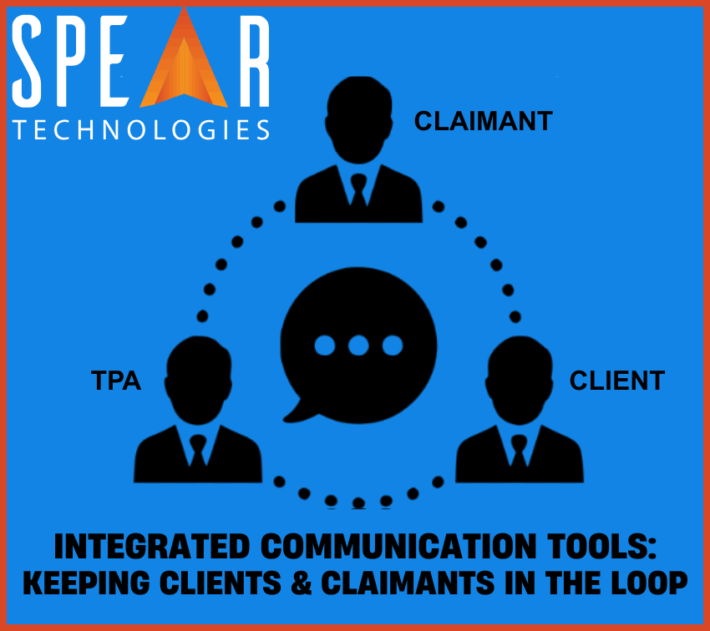Eliminating Claims Leakage

Claims Leakage is defined as the extent of financial loss due to errors, inefficiencies, or fraudulent activities in the claims handling process. And while that definition is well known to insurers who track their business closely, how to reduce or eliminate that leakage is still a challenge. Why is eliminating claims leakage so important? Even though estimates on the financial burden of claims leakage for insurers vary, they are significant by any measure. Here’s what some sources report:
- $30 billion annually: This figure comes from The Lab, a consulting firm, and suggests claims leakage eats into 20-30% of all claims paid by insurers [PropertyCasualty360].
- $67 billion annually (US only): This estimate focuses on the US insurance market and highlights the significant impact on insurers’ bottom lines [Insurance Thought Leadership].
- 5-10% of all claims paid: This range is a broader estimate, indicating the percentage of total claim payouts that leakage might represent [Insurance Hound].
Ouch! Regardless of the specific number, claims leakage is a substantial cost factor for insurers. It emphasizes the importance of efficient claims processing and preventing unnecessary payouts.
When managing a high volume of claims, some leakage is bound to happen. Human error can never be completely avoided, and there are plenty of times when it’s not necessarily anyone’s fault. Unfortunately, it still costs insurers money, and needs to be rectified. Let’s look at the main causes of leakage and what can be done about them.
Human Error
Let’s first look at how and why it happens. It could be as simple as a data entry error. Manual data entry can lead to mistakes, from the time the data was originally input to the time when it is transferred between systems. Having to manipulate data prior to transfer between systems can also lead to errors.
How to reduce human error: Automatic data entry and upload, intuitive portals that assist claimants with filing to ensure all pertinent information is entered, along with technology that can scan the documents and enter the information. Better integration between the core system and components can eliminate the possibility of data errors from a manual transfer. Artificial Intelligence and analytics can detect anomalies such as a decimal point in the wrong position, giving your team the chance to correct it early on.
Inefficiencies
Manual processes, manual routing, physical document handling, and operational delays add time and expense to claims management. This could be partially because you had to modify your preferred operations due to limitations of core systems.
How to eliminate inefficiencies: This is another area where intelligent automation, better detection, and better integration can help significantly. Earlier notification of FNOL, automatic routing of claims, AI assisting claimants and vendors, and faster status notification can all expedite the process and reduce the chance of a claim falling through the cracks.
Fraud
It may be infrequent in the grand scheme of things, but it happens. Industry estimates suggest that insurance fraud accounts for a significant portion of claims costs, ranging from 5% to 10%. Even scarier is that many cases go undetected. Unfortunately, fraudulent individuals are getting more sophisticated in the ways that they adapt to traditional detection methods while committing fraud, including outright falsifying claims, exaggerating injuries or damages, or staging accidents.
How to fight fraud: Fight fire with fire. More sophisticated detection is your best bet. AI and advanced analytics are able to see anomalies and deviations from expected patterns that humans might miss and then flag the claim for review. They can also help ensure you remain compliant throughout the process.
Eliminating Claims Leakage Leveraging Claims Management Software
Modern claims management software can significantly mitigate claims leakage through various mechanisms. It can be as complex as advanced analytics detecting and analyzing fraud behavior patterns that a human might miss, or as simple as better integration with external data sources eliminating data entry errors. Real-time monitoring capabilities enable insurers to track claims activities and transactions continuously. By detecting anomalies and deviations from expected patterns promptly, insurers can intervene early to prevent leakage and ensure compliance with internal controls and regulatory requirements. Automated claims auditing and review processes enable insurers to systematically review claims for accuracy, compliance, and leakage. By conducting regular audits and validations, insurers can identify and rectify errors, discrepancies, and leakage points to ensure claims integrity and financial accuracy.
To see first-hand how your organization can significantly reduce claims leakage with SpearClaimsTM, our award-winning claims system built by industry experts on a modern no code/low code platform that delivers the power of built-in AI and Analytics while lowering your total cost of ownership, Schedule a Demo.
To discover how Spear’s solutions are accessible to insurers of all sizes, Request Pricing.



